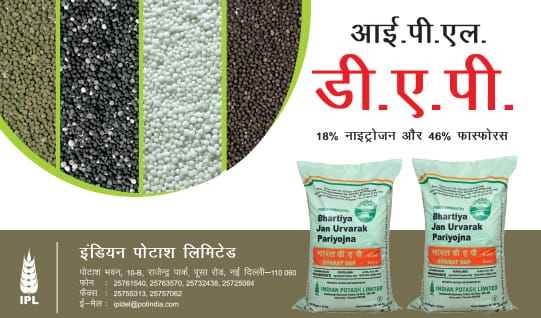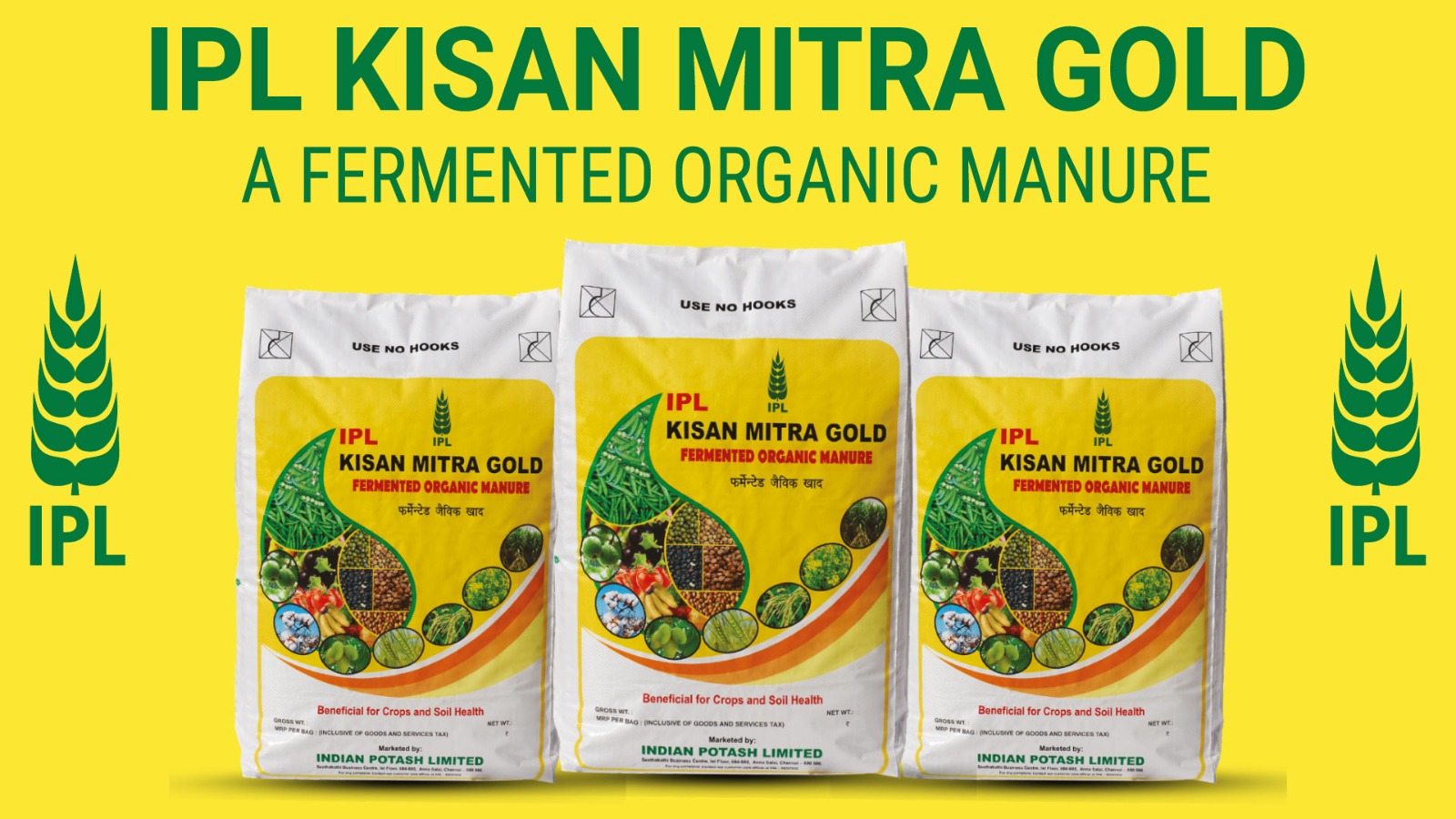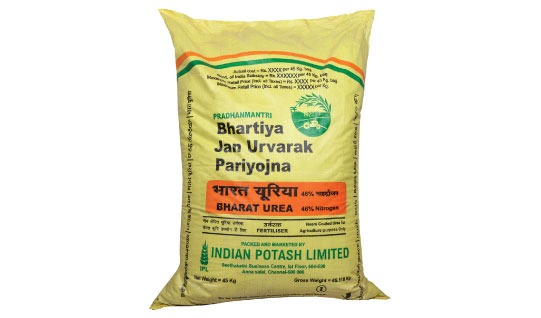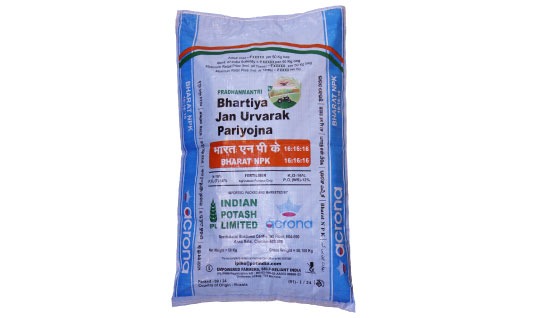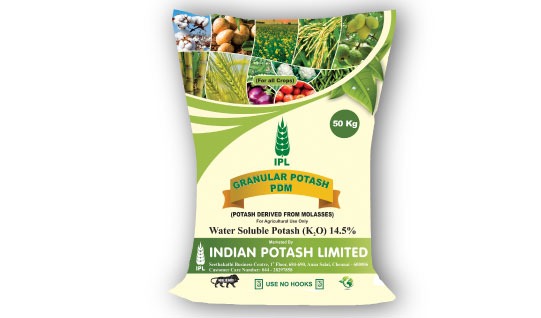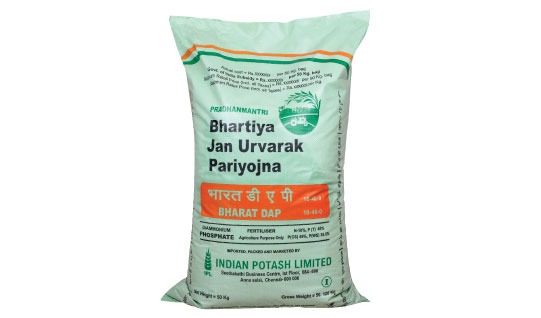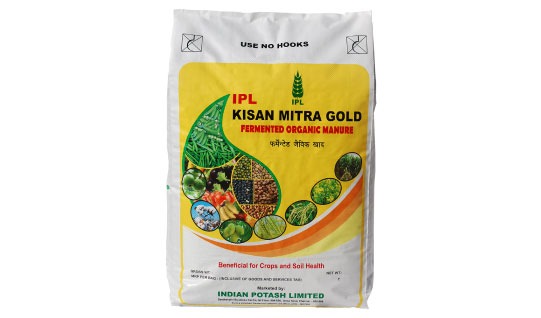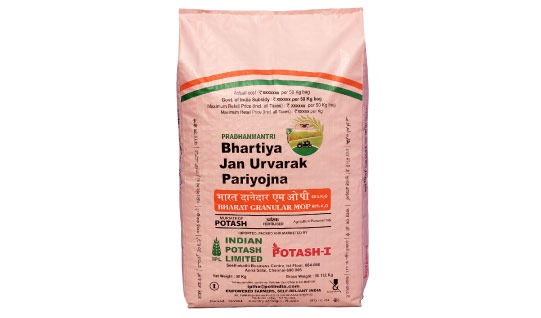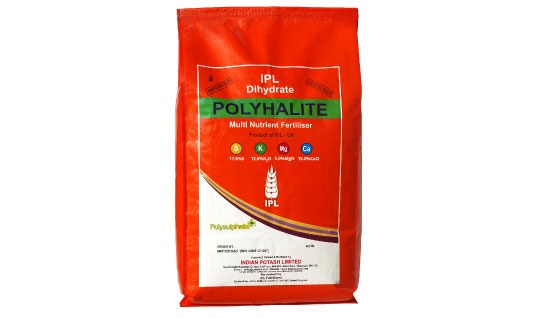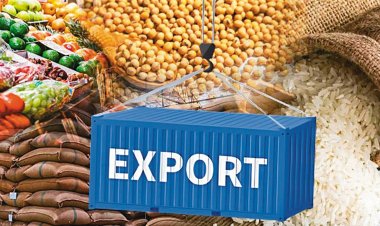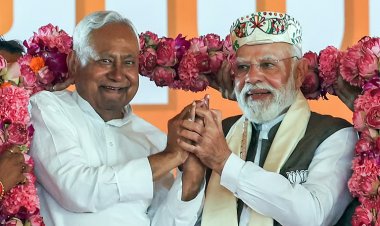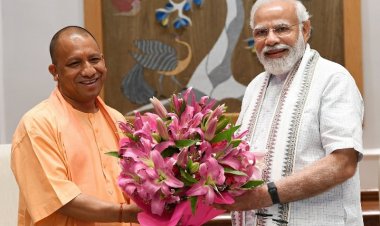Trump Imposes 26% Tariff on India: Key Sectors to Take a Hit
US government has set its reciprocal tariffs at roughly half the rates imposed by other nations, with China facing 34%, Japan 24%, and the European Union 20%. Meanwhile, countries like the UK, Singapore, and Brazil face a baseline tariff of 10%, Canada and Mexico were notably absent from the tariff list.
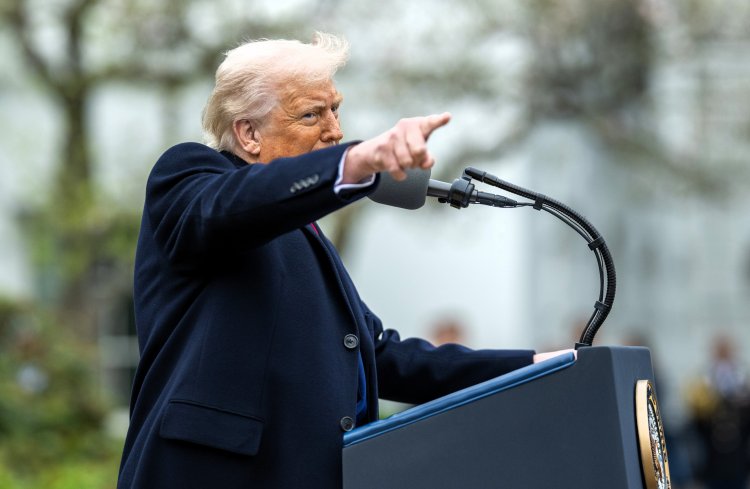
US President Donald Trump has announced the imposition of reciprocal tariffs on countries worldwide, a move aimed at bolstering American industries and addressing perceived trade imbalances. The decision, unveiled on April 2, 2025, in a speech dubbed "Liberation Day" at the White House Rose Garden, is set to reshape global trade dynamics, with significant implications for the world economy.
The baseline duty of 10% will be effective from April 05, 2025, and the remaining country-specific reciprocal tariffs will be effective from April 09, 2025. The additional duty on India as per Annex I of the Executive Order is 26%. Foreign trade expert Prof. Biswajit Dhar says that a total of 37% tariff will be imposed on India, including 10% baseline duty and 26% additional tariff.
US government has released a list of nearly 100 countries subject to "discounted reciprocal tariffs." Additionally, the US imposes a 25% tariff on automobiles and automotive parts manufactured abroad, which will be effective from today.
The announcement has triggered widespread market turbulence, causing Asian stock indices to decline and gold prices to soar to a record high of $3,120 per ounce, as investors seek safe-haven assets amid rising trade tensions.
According to the White House, India imposes tariffs as high as 52% on American goods, a figure Trump cited as justification for the reciprocal measure. "India, very, very tough. The Prime Minister just left. He’s a great friend of mine, but I said, ‘You’re a friend of mine, but you’re not treating us right.’ They charge us 52%, and we’ve charged them almost nothing for years," Trump remarked during his address.
The US has set its reciprocal tariffs at roughly half the rates imposed by other nations, with China facing 34%, Japan 24%, Vietnam 46%, Thailand 36%, and the European Union 20%. Meanwhile, countries like the UK, Singapore, and Brazil face a baseline tariff of 10%, while Canada and Mexico are notably absent from the list.
"Foreign nations will finally be asked to pay for the privilege of access to our market — the biggest market in the world," he added.
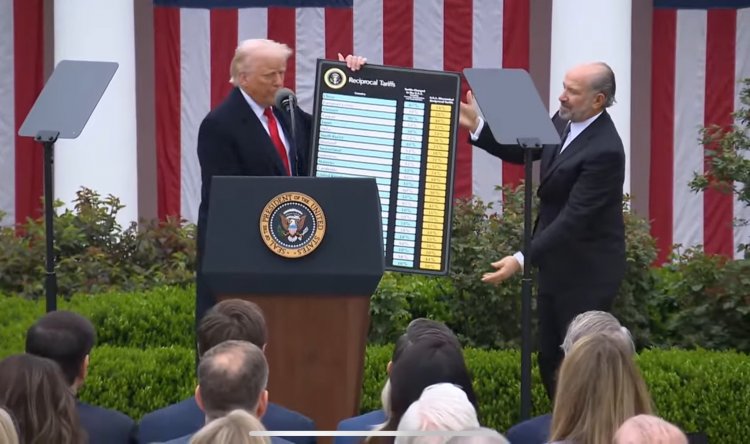
Exemptions from Tariffs
Certain products critical to US consumers and industries have been exempted from the reciprocal tariffs. These include pharmaceuticals, semiconductors, copper, energy products, timber, and key minerals. This exemption offers a reprieve for sectors where increased import costs could drive up prices for essential goods in the US
Impact on India
India, a major trading partner of the US, exported $77.5 billion worth of goods to the US in FY24, accounting for 18% of its total exports. The 26% tariff is expected to hit Indian exporters hard, potentially reducing annual exports by $2 billion to $7 billion, according to estimates from India Ratings and Research (Ind-Ra). This could shave 5-10 basis points off India’s projected GDP growth of 6.6% for FY 25-26.
While the pharmaceutical sector, valued at $13 billion annually in exports to the US, escapes the tariff burden due to its exemption, other key industries face significant challenges. India’s $14 billion mobile, telecom, and electronics equipment exports to the US will likely see reduced competitiveness, as will the diamond and jewellery sector, a cornerstone of India’s export economy valued at over $8.5 billion annually. Textiles and footwear, which constitute $10 billion of India’s exports to the US, are also vulnerable, with the US absorbing 28% of India’s textile exports in FY24.
Agricultural Exports
India’s agricultural exports to the US, valued at $2.58 billion in 2024, include a range of products such as processed foods, dairy, seafood, meat, spices, and grains. The 26% tariff will directly increase the price of these goods in the US market, likely reducing demand with implications for farmers, exporters, and the broader agricultural economy.
Seafood: India exported $760 million worth of shrimp and fish to the US in 2024. Tariff hike could shift US buyers toward cheaper alternatives from countries like Ecuador or Thailand (if their tariffs are lower).
Spices and Processed Foods: Products like basmati rice ($200 million), cashews ($150 million), and spices ($100 million) may lose market share to competitors or domestic US substitutes.
Dairy and Meat: Smaller segments like dairy ($50 million) and poultry products ($30 million) could see exports drop significantly, as price sensitivity is high in these categories.
Potential Opportunities
While the tariff poses challenges, India could benefit indirectly. Higher tariffs on Southeast Asian competitors (Vietnam’s 46%, Cambodia 49%) might redirect some US demand to Indian goods, particularly if India negotiates favourable terms in ongoing bilateral trade talks. Additionally, exempted categories like energy products (e.g., biofuels derived from agricultural waste) could open niche export avenues.
India’s Response
India's Ministry of Commerce & Industry said in a statement that the Department of Commerce is carefully examining the implications of the various measures/announcements made by the President of the USA. The Department is engaged with all stakeholders, including Indian industry and exporters, taking feedback on their assessment of the tariffs and assessing the situation. The Department is also studying the opportunities that may arise due to this new development in the US trade policy.
Washington has long pushed India to lower duties on automobiles, electronics, almonds, walnuts, pistachios, apples, and pulses, a demand that may gain traction in these talks. Discussions are ongoing between Indian and US trade teams for the expeditious conclusion of a mutually beneficial, multi-sectoral Bilateral Trade Agreement.
The Indian government will likely respond through negotiations, with ongoing trade talks aiming to double US-India trade to $500 billion by 2030. India may offer tariff reductions on US goods, such as automobiles, electronics, and agricultural products like almonds and apples, to secure better access for its exports. Retaliatory tariffs remain an option, though India’s existing high tariffs (12% trade-weighted average) limit its leverage.
What Are Reciprocal Tariffs?
Reciprocal tariffs are import duties a country imposes to mirror the tariffs levied on its exports by trading partners. Often called a “tit-for-tat” tax, this policy aims to protect domestic industries by making foreign goods more expensive. For the US, it’s a strategy to level the playing field and boost local manufacturing, though it risks escalating global trade tensions.



 Join the RuralVoice whatsapp group
Join the RuralVoice whatsapp group



